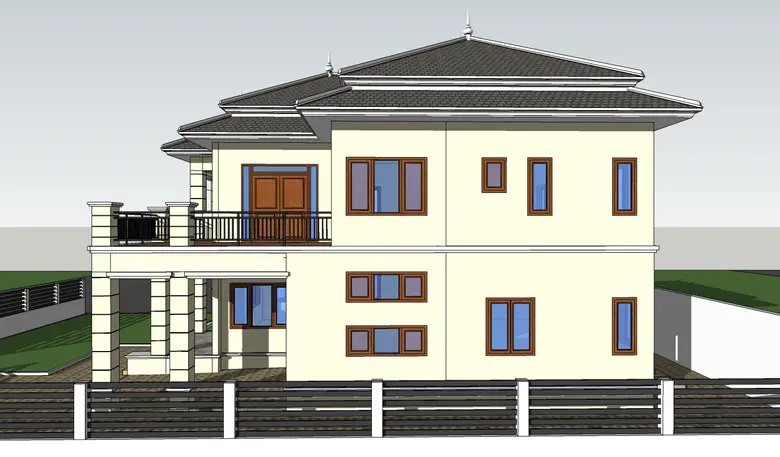Building a better tomorrow through smart design is a concept that extends beyond mere aesthetics; it involves a holistic approach that considers sustainability, functionality, and the well-being of communities. In an era where environmental challenges loom large, the significance of design that prioritizes ecological balance cannot be overstated. Smart design embraces innovative materials and techniques that minimize waste, reduce carbon footprints, and enhance energy efficiency. For instance, architects and urban planners are increasingly turning to green building practices, utilizing renewable resources, implementing energy-efficient systems, and creating spaces that promote natural ventilation and daylighting. This not only leads to reduced energy consumption but also creates healthier indoor environments, enhancing the quality of life for inhabitants. Furthermore, smart design addresses social equity by creating inclusive spaces that cater to diverse populations. Thoughtful urban design can foster community interaction, providing public spaces that encourage engagement and social cohesion.

Features such as parks, community gardens, and multifunctional gathering areas are vital in bridging gaps between different demographic groups, promoting a sense of belonging and shared identity. Additionally, smart design incorporates advanced technologies, such as smart grids and IoT Internet of Things devices, to enhance the efficiency of urban infrastructures. These technologies facilitate better resource management, enabling cities to respond dynamically to changing demands. For example, smart traffic management systems can alleviate congestion and reduce emissions, while intelligent waste management systems optimize collection routes and promote recycling. Moreover, smart design extends to the realm of product design, where the focus shifts towards creating items that are not only functional but also environmentally friendly. This includes everything from biodegradable packaging to modular furniture that can adapt to various living situations.
By prioritizing durability and recyclability, designers can help shift consumer behavior towards more sustainable choices. Education and community involvement are also crucial components of smart design. Engaging citizens in the design process fosters a sense of ownership and responsibility towards their environment. Workshops, forums, and collaborative projects can empower communities to express their needs and preferences, ensuring that developments align with their values and aspirations. This participatory approach not only enhances the relevance of design solutions but also strengthens community ties. Ultimately, building a better tomorrow with smart design requires a collaborative effort among designers, policymakers, businesses, and communities. By embracing an Outsourced Drafting multidisciplinary approach, stakeholders can work together to create environments that are not only visually appealing but also sustainable, functional, and equitable. As we face the pressing challenges of climate change, urbanization, and social fragmentation, the importance of smart design becomes increasingly clear.